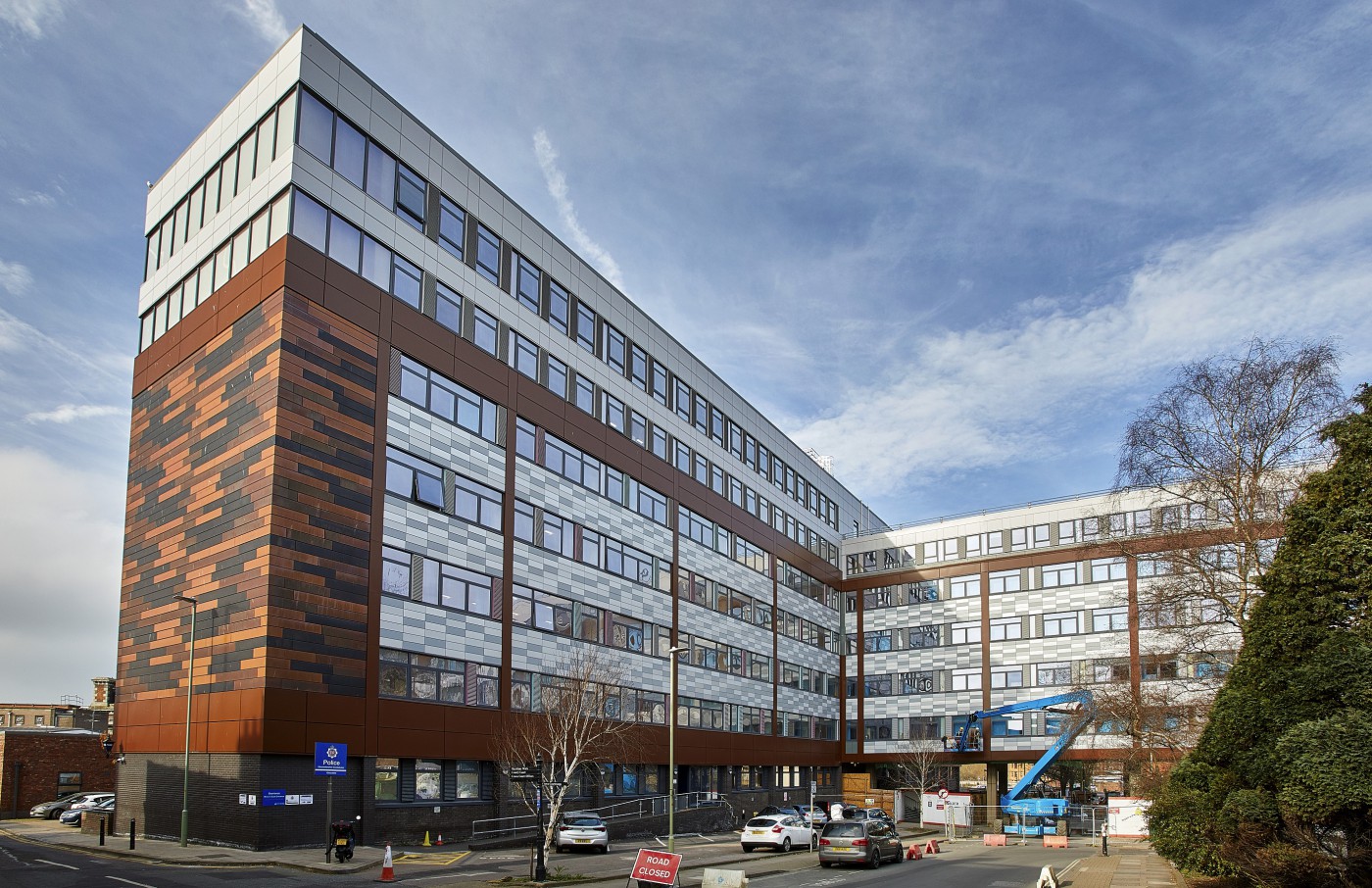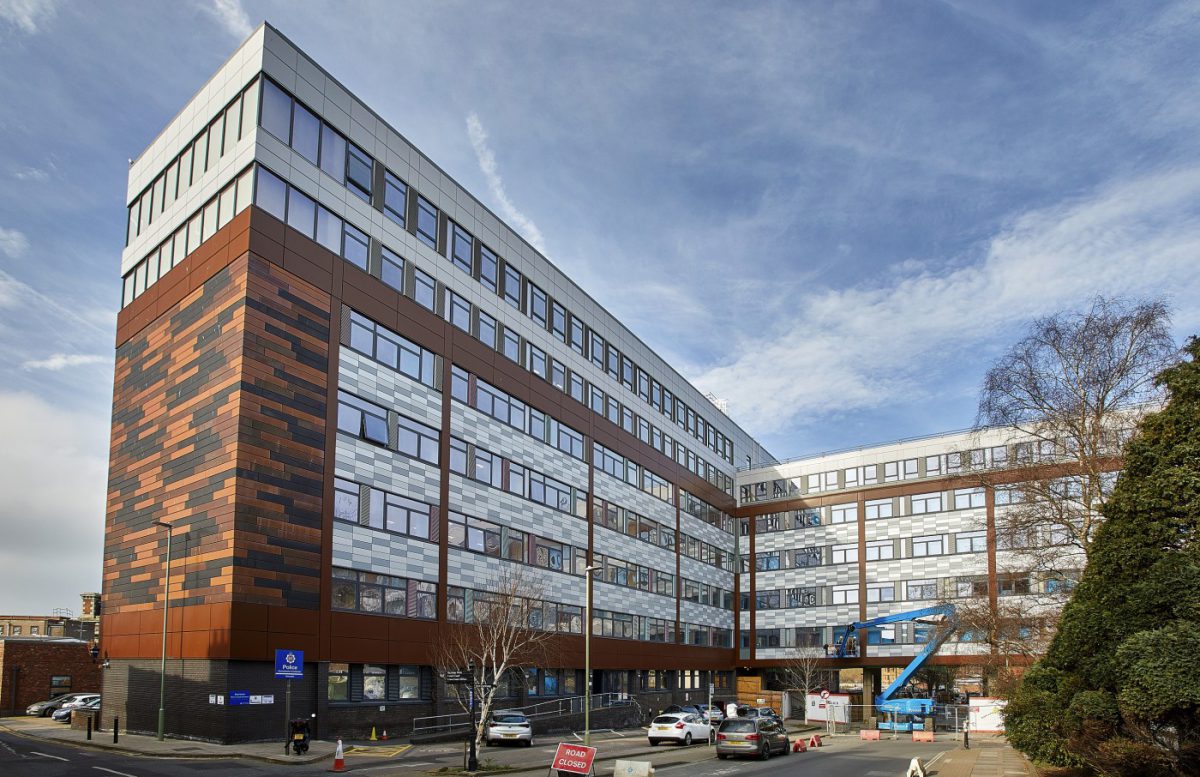The re-emergence of Gloucestershire County Council’s Shire Hall after its retrofit and refurbishment reads like a fairy-tale. Over 165 weeks and 82 phases of collaborative, innovative team-working, the part-listed, part 1960’s building, an eyesore, tired and inefficient, was responsibly and dynamically transformed into an elegant and highly sustainable workplace.
The project developed from energy efficient re-cladding and window replacement to re-engineering of work spaces for multiple stakeholders and new tenants who were inspired by the transformation and benefits of high-quality office accommodation.
Shire Hall benefited from innovative strategies in design, programming, H&S and construction techniques. It was meticulously planned and executed by an enthusiastic project team that understood for GCC, ‘delivery’, was everything. The refurbishment was collaboratively managed with a solution-driven attitude, without disruption to 2500 staff, maintaining a healthy working environment, within strict budget parameters.
Originally GCC considered moving staff around the building so the new façade works would only occur in unoccupied areas. This proved logistically difficult when they tried to implement a plan involving multiple moves for 2500 people: it involved huge movement costs and productivity concerns. Working collaboratively with GCC in workshops and trial runs, Kier created a method of working that left staff at their own desks whilst work was completed. Working out-of-hours with GCC custodians, moving desks and cables 1.5m away from the walls, Kier fitted soundproof temporary screens, carried out window and facade works, then moved everything back. The collaboration of the staff working in that environment was essential for a stress-free experience, ultimately saving GCC circa £3m in moving costs.
What makes this project really stand out in the climate of the Grenfell disaster is the extra mile Kier and their project team went to ensure total cladding compliance. Pre-Grenfell, collaboration and testing with designers, subcontractors and manufacturers identified that the original cladding specified, which had already achieved planning permission, was not compliant for buildings over 18mtrs; so it was changed. Kingspan was chosen, even though more expensive, because it was a quality, tested and proven system which would benefit GCC in terms of longevity, maintenance and compliance. Proactive engagement also assisted challenges facing the team post-Grenfell. Work on the cladding stopped; guidance was sought from the government, but as the situation was still being evaluated no clear guidelines were forthcoming. The team reassured GCC of compliance and rigorous quality control: they revisited mock-ups with Kingspan and worked with Gloucestershire Fire Service to meticulously test the cladding material. Redesigning one of the end stairwells eliminated a possible internal chimney effect: the design was scalloped out, removing the risk.
Shire Hall’s ‘Retrofit’ will improve energy efficiency, lower maintenance costs, cut carbon emissions, overcome poor ventilation and damp; improve health and well-being of occupants; increase building adaptability, durability and resiliency. The knowledge gained on the project will help drive up competence levels across the industry to benefit the next generation of low carbon retro-fit buildings. Shire Hall represents GCCs aim to be carbon neutral by 2030 and aligns with the Government’s Construction 2025 strategy.
Key achievements
- Highly responsible and sustainable restoration of Gloucestershire County Council’s most visible asset, saving 67% on new-build costs, offsetting embedded carbon, producing an energy-efficient working environment and retaining 2500 staff within the city
- Exemplary team delivery ensured optimum cladding methodology, focussing on rigorous testing and mock-ups to benefit GCC in terms of confidence, compliance, quality, longevity and maintenance
- The project was delivered collaboratively, with a solution-driven attitude, in a live environment with rigorous


